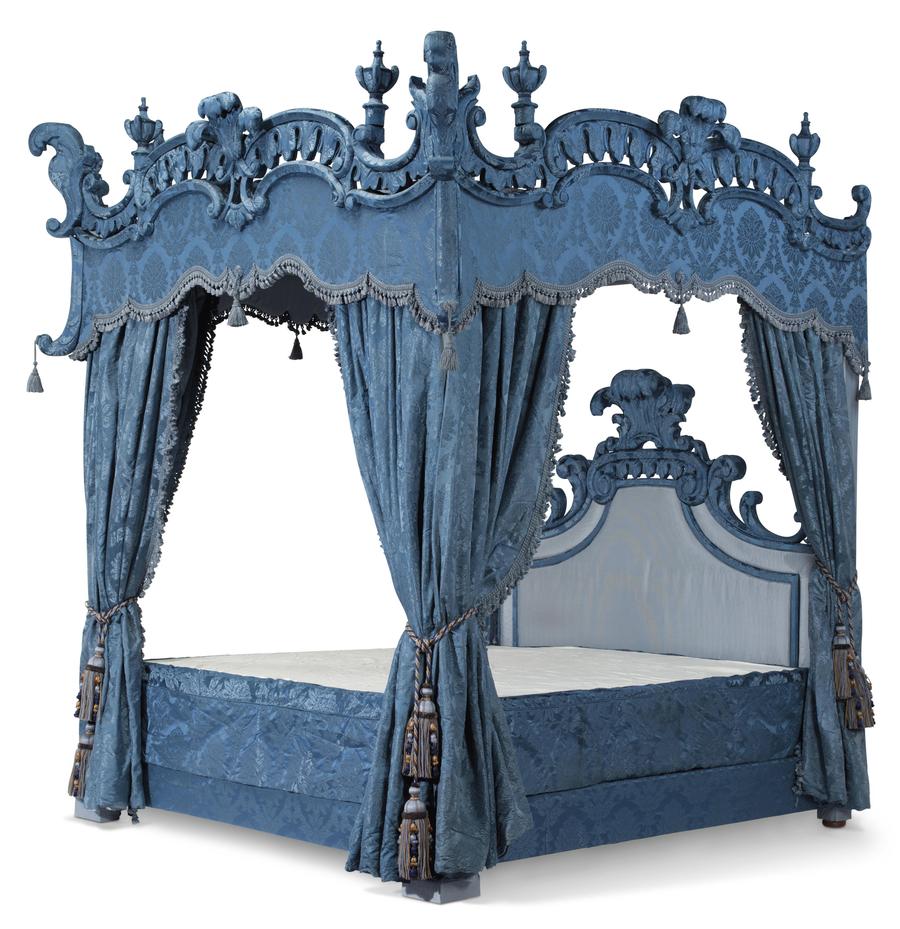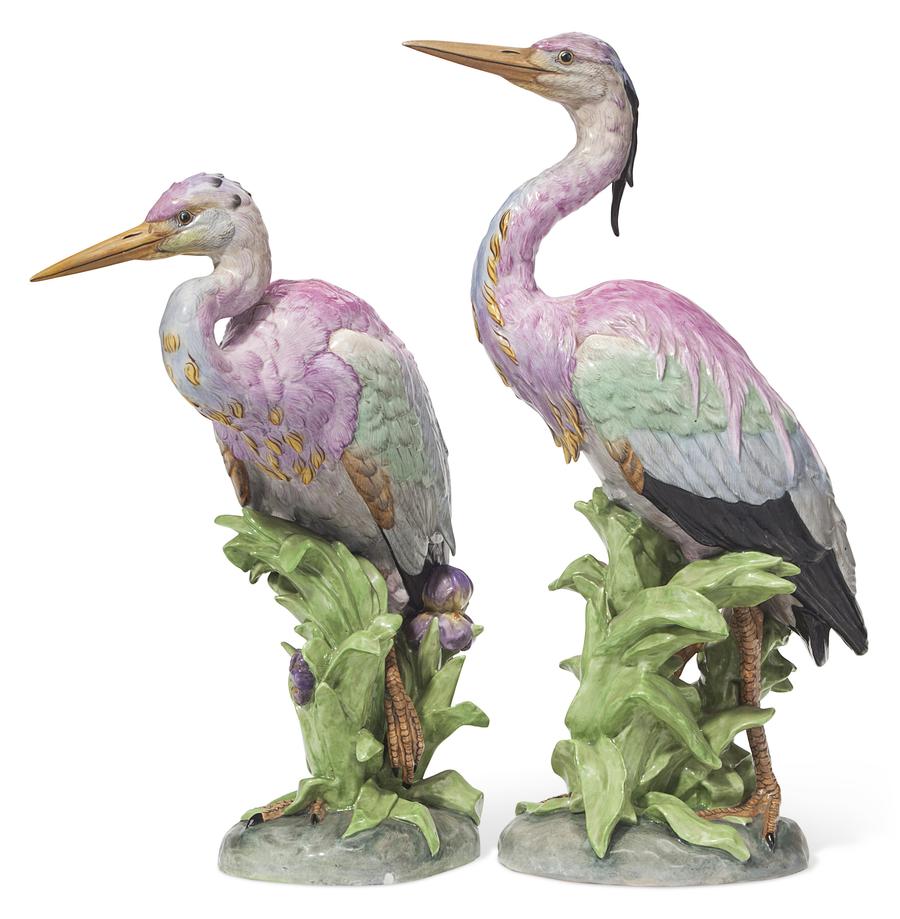For 19 years, Christie’s hosted its biannual “Interiors” sale as it would any other, with an exhibition followed by a traditional live auction: an auctioneer calling out prices, bidders with paddles—the works. Today, the company begins a new phase, as the stalwart of its furniture and decorative arts category will transition to an online-only format.
Christie’s has held online-only auctions since 2011, but previous digital sales have been narrower in scope. “Interiors,” on the other hand, is reliably eclectic, representing a breadth of periods, styles, categories and tastes—not to mention sizes. In the early days of online sales, clients were shy to purchase large items, according to Bliss Summers, head of interiors sale at Christie’s. “At first, you couldn't sell big, heavy or oversized things,” she explains. “The internet has developed, and consumer comfort levels have too.”

Smaller items, ones that were more easily perceived on a screen, were the early hits for Christie’s digital sales, but that reversed in 2018, with the auction of the Peggy and David Rockefeller Collection. In that sale, the Christie's team took a leap, listing sizable lots online—beds, chandeliers, bureaus—a first for the company. It worked: The online portion of the sale brought in over $4 million (of a whopping $835 million). “The Rockefeller online auction was a big risk,” admits Summers. “We sold many large pieces in that sale, and they sold really well. That was a big reveal.”
The record sale was a clear indication to the Christie’s team that the tides had changed. Earlier today, the “Interiors” online auction went live, and bids have already started rolling in. The auction features 300 lots, with such splendors as Buccellati silver, Regency furniture and a blue-damask canopy bed by Robert Couturier.
Summers sees the online platform as a strong fit for the nature of this particular sale. Over the past several years, the “Interiors” auction has been a top performer, and in 2019 had the second-highest percentage of online bids of any Christie’s auction (second only to Pink Floyd guitarist David Gilmour’s guitar collection, an auction so popular it crashed the website). “‘Interiors’ has always been a gateway for people into Christie’s because of price point and the variety of objects,” she says, referencing lots in this sale listed as low as $100. “There’s a mix of connoisseur and lifestyle, amateur and whimsy.”
“Interiors” not only attracts new clients, but draws return buyers, too, as this auction boasts top engagement rates with clients across the 11 main categories at Christie’s. In many respects, the conventions of the sale won’t change all that much—after all, they’re simply eliminating the in-person aspect of this auction. “The interactions are the same,” says Summers. “We provide additional photographs and conversations—whether over the phone or online—about the pieces, just as we would for a traditional live auction.”

Though Christie’s isn’t planning to take all of its auctions online only, the move is yet another confirmation of the ever-increasing influence of the internet in the auction space, across all categories. Just last month, more than half of the Sotheby’s auction of Mario Buatta’s personal collection was sold through online bids—most designers followed and participated in the sale from the comfort of their own desks.
Of course, there are some changes. There will be no pre-auction exhibition—instead, clients can schedule an appointment at the Christie’s warehouse in Red Hook, Brooklyn, where the lots are arranged. The old published-and-mailed auction catalog has also become moot, saving time, energy and resources internally—an undeniable perk of going digital. More and more, Christie’s is growing its social media presence and bolstering its digital marketing, and its clients are keeping up, Summers tells BOH. “We think that people are ready for it.”
Homepage image: Christie's Images Ltd. 2020





























